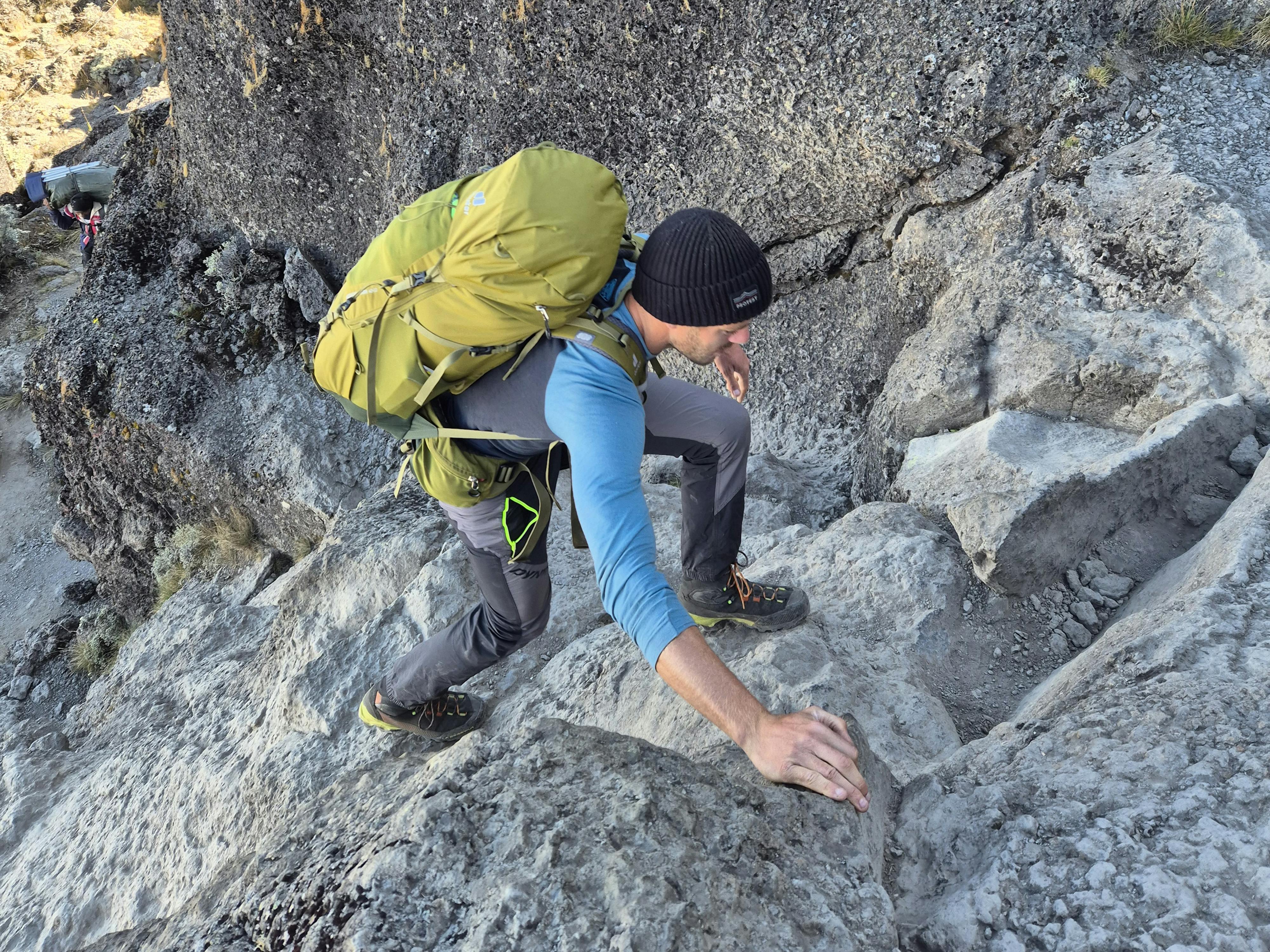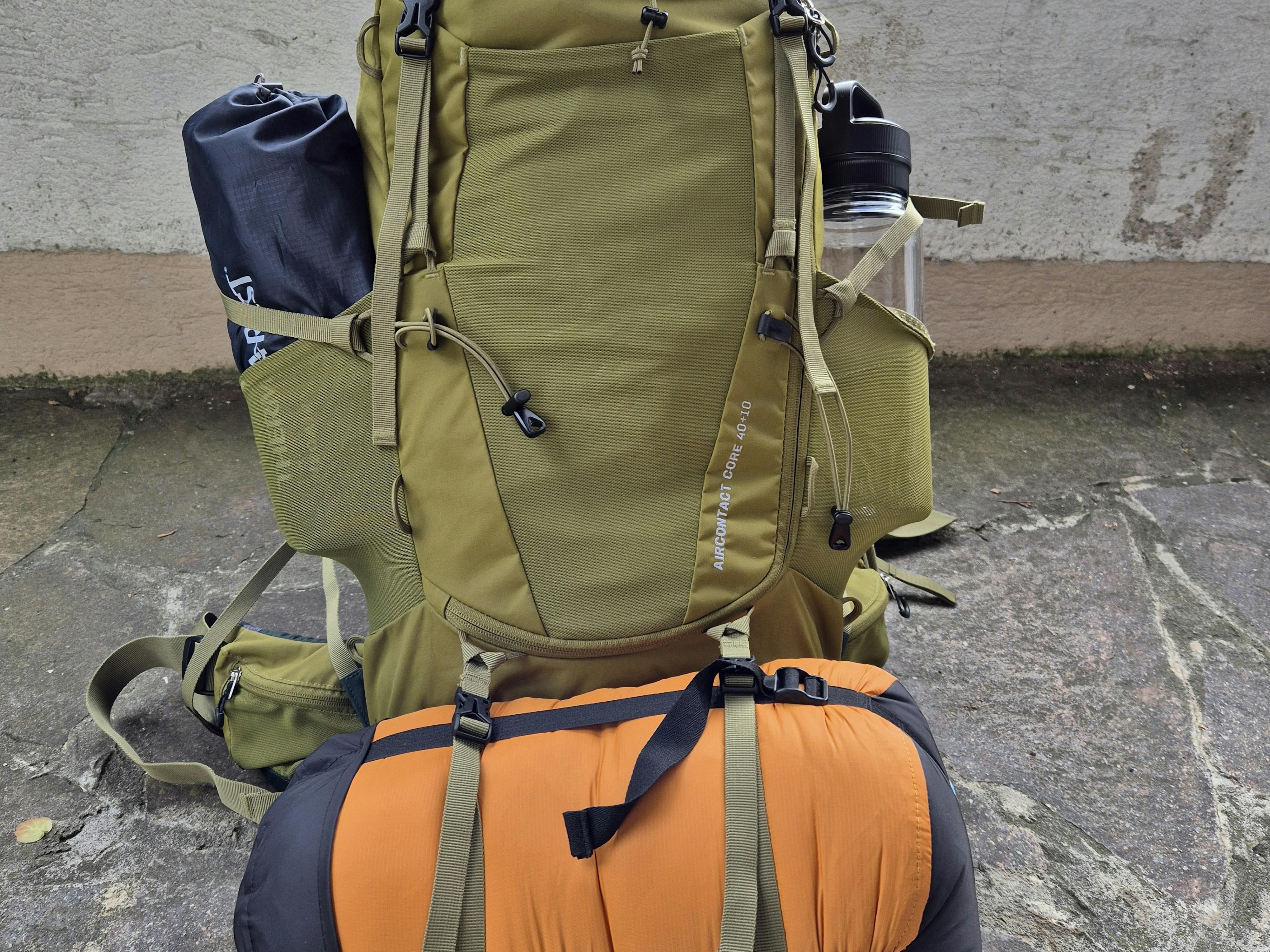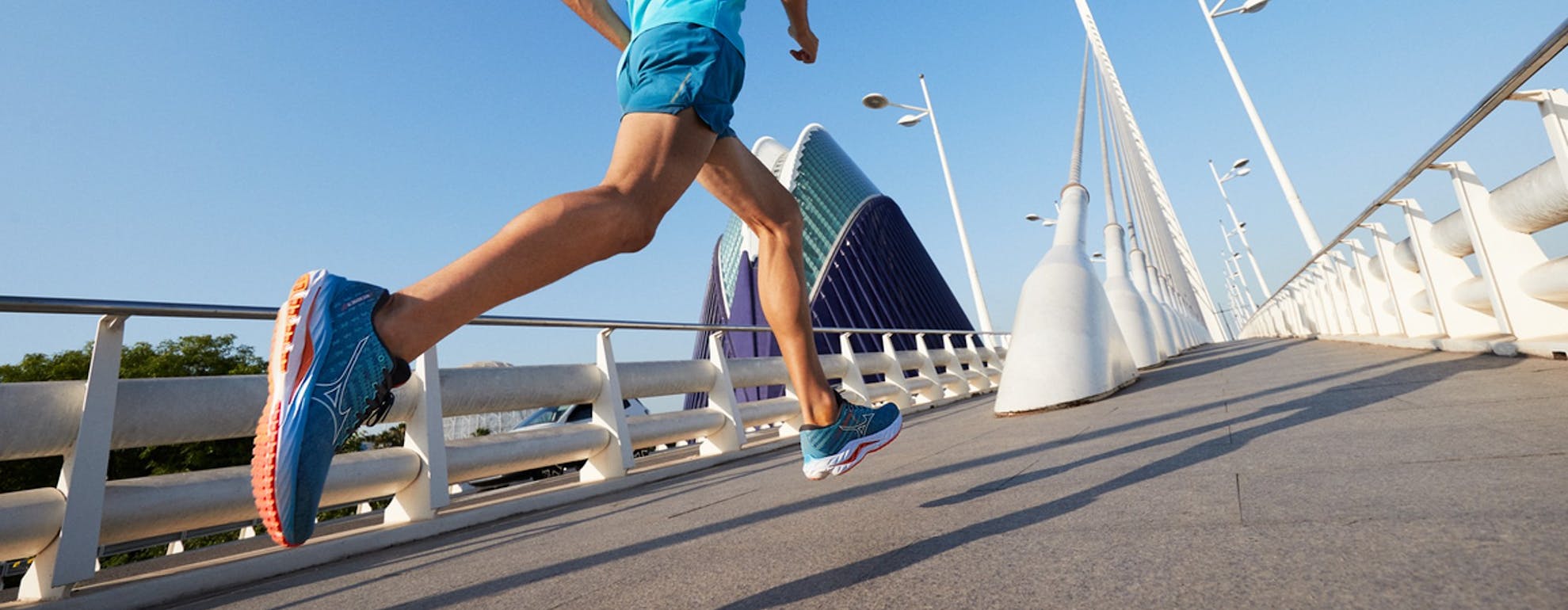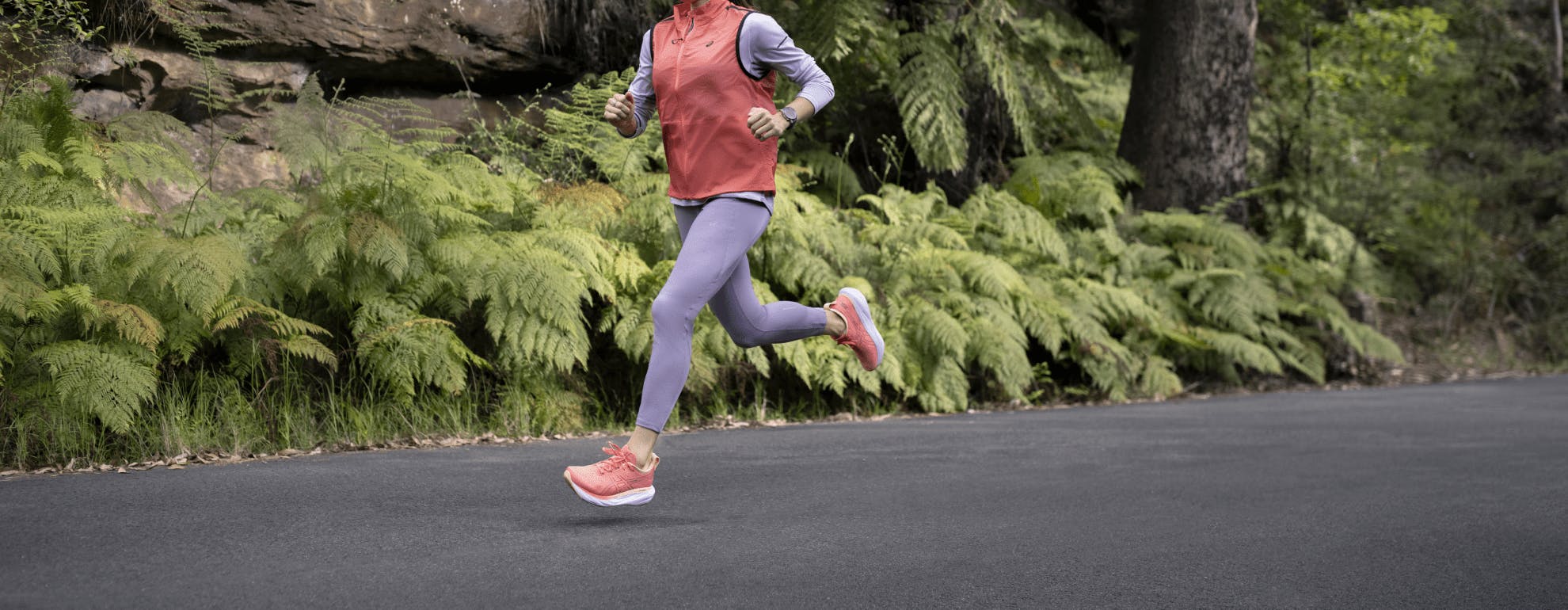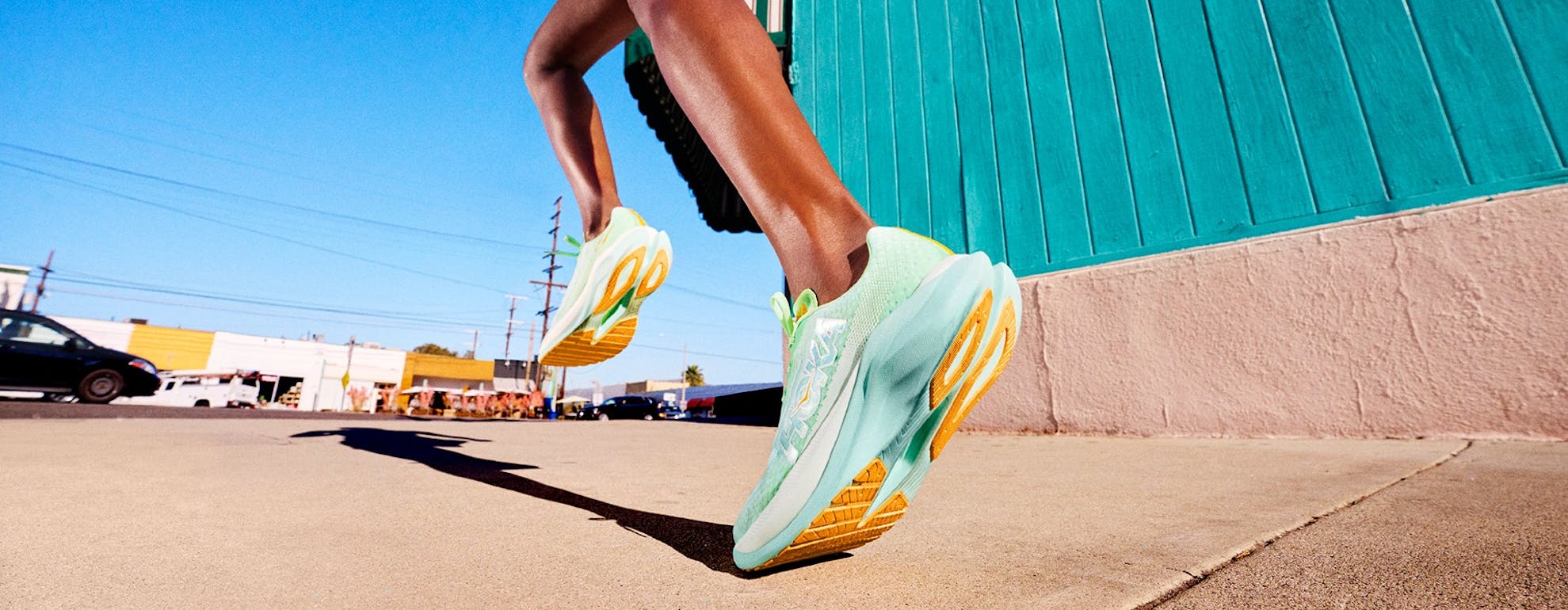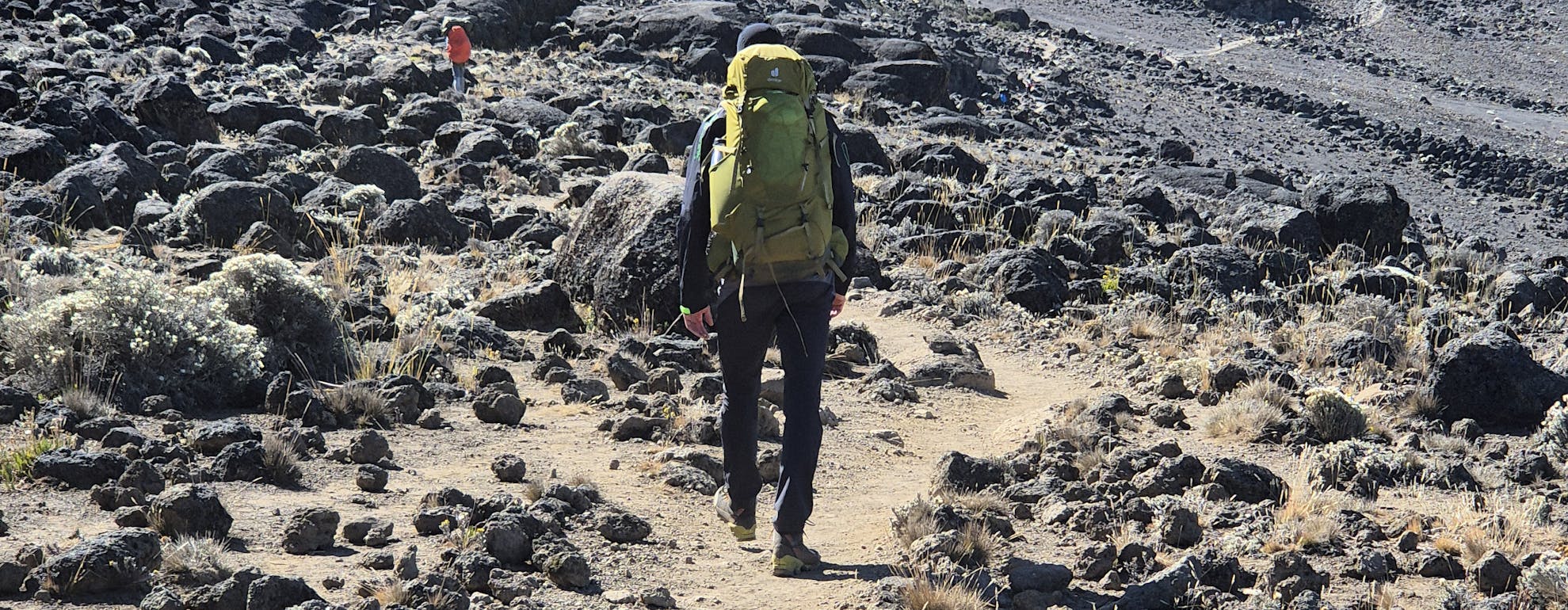
Recommended kit and advice for climbing Kilimanjaro
This summer, our SportsShoes ambassador Benedikt Huber ticked Kilimanjaro off his bucket list, by climbing to the summit of Africa's highest peak.
In this article, he answers some FAQ's and explains what kit you'll need to help conquer this mighty mountain.
ㅤ
ㅤ
How do you prepare for a Kilimanjaro hike?
You should already have a good level of training and also do some mountain hikes with a walking time of 4-6 hours. I think if you train your endurance 3-4 times a week (e.g. jogging, cycling, hiking and mountain tours) and do a longer mountain tour at least once, it should be possible to climb Kilimanjaro.
It would also be a good idea to deliberately spend several consecutive days in the mountains in the weeks leading up to the tour. This will allow your muscles to get used to the strain in the mountains.
ㅤ

Photo by David Magalhães on Unsplash
ㅤ
How long does it take to climb Kilimanjaro?
There are 7 different routes to climb the mountain - you find read all about them here.
You can also vary the days of the routes themselves. Tours from 4 to 12 days can be booked.
You could climb the mountain in 4 days via the Mweka route. However, you should make an altitude adjustment to another high mountain beforehand.
We took the Lemosho route ourselves. We reached the summit on day 6 and were back down in the valley on day 7. We had no problems with the altitude.
ㅤ

Photo by Kristoffer Darj on Unsplash
ㅤ
How difficult is it to climb Kilimanjaro?
The mountain is not technically difficult. On certain routes, such as our Lemosho route, you have to climb the Barranco Wall, which has a difficulty level of 1 (UIAA difficulty).
The difficulty of Kilimanjaro is more due to the length of the tour and the altitude.
On most days it takes around 5-7 hours. On the summit day itself it is around 12 hours. This requires good stamina and, of course, willpower.
ㅤ

ㅤ
Can you climb Kilimanjaro without a guide?
You always have to climb Kilimanjaro with a guide. And as far as I know, you always have a team of porters and a cook with you.
We were 2 mountaineers and had a team of 10 with us.
ㅤ
ㅤ
What should you take with you on your Kilimanjaro hike?
This depends entirely on how long you are planning to hike and what time of year it is. There is also a rainy season, for example, when you should certainly take more waterproof clothing with you.
I climbed the mountain in August on a 7-day tour.
Below is my packing list:
ㅤ
Underwear:
- 2x Boxer shorts (Merino, Sport)
- 3x Socks (short, medium, long)
ㅤ
Trousers:
- ¾ Long underpants thin (merino)
- Thick long underpants (Merino, material thickness 200 g/m² or 260 Merino)
- Shorts pants
- Mountain pants thin
- Insulated trousers
ㅤㅤ
Baselayer:
- 1x T-Shirt Merino/Sport
- Long sleeve shirt thin
- Long sleeve shirt thick
ㅤㅤ
Midlayer/Insulation layer:
- 1x Fleece jacket medium
- 1x Thick fleece jacket with hood
- Lightweight insulating jacket
- Insulation jacket 900cuin
ㅤㅤ
Top layer/weather protection:
- 1x Rain jacket
- Hartshell overtrousers
ㅤㅤ
Additional products:
- Thin gloves
- Thick gloves
- Cap
- 2x Hats
- 1x Buff Merino
- Trail shoes
- Mountain boots class B
ㅤ
Equipment:
- Backpack 40-45l + rain cover + packing nets
- Sleeping bag (in the range -10°C - -15°C) (if not so warm, a liner)
- Inflatable sleeping mat
- Snacks/drinks: energy bars, nuts
- 2l Flasks
- Headlamp
- Powerbank + charging cable
- Sunglasses + sun cream 50
- Tape + blister plaster + earplugs
- First aid kit
- Medicine kitㅤㅤ
ㅤ
ㅤ
If it has always been your dream to climb Mount Kilimanjaro - and now you want to fulfill this dream, you can find more information here.
ㅤ
Interested in the latest shoes, apparel and technology? Then head over to our Kit & Gear category for more reviews, tips, advice and product releases.
Welcome
Welcome to SportsShoes Kit & Gear Hub! Here you'll find all the information and advice you need about the very latest kit, technology and gear.
Read More
Share this
Featured Articles
View All
